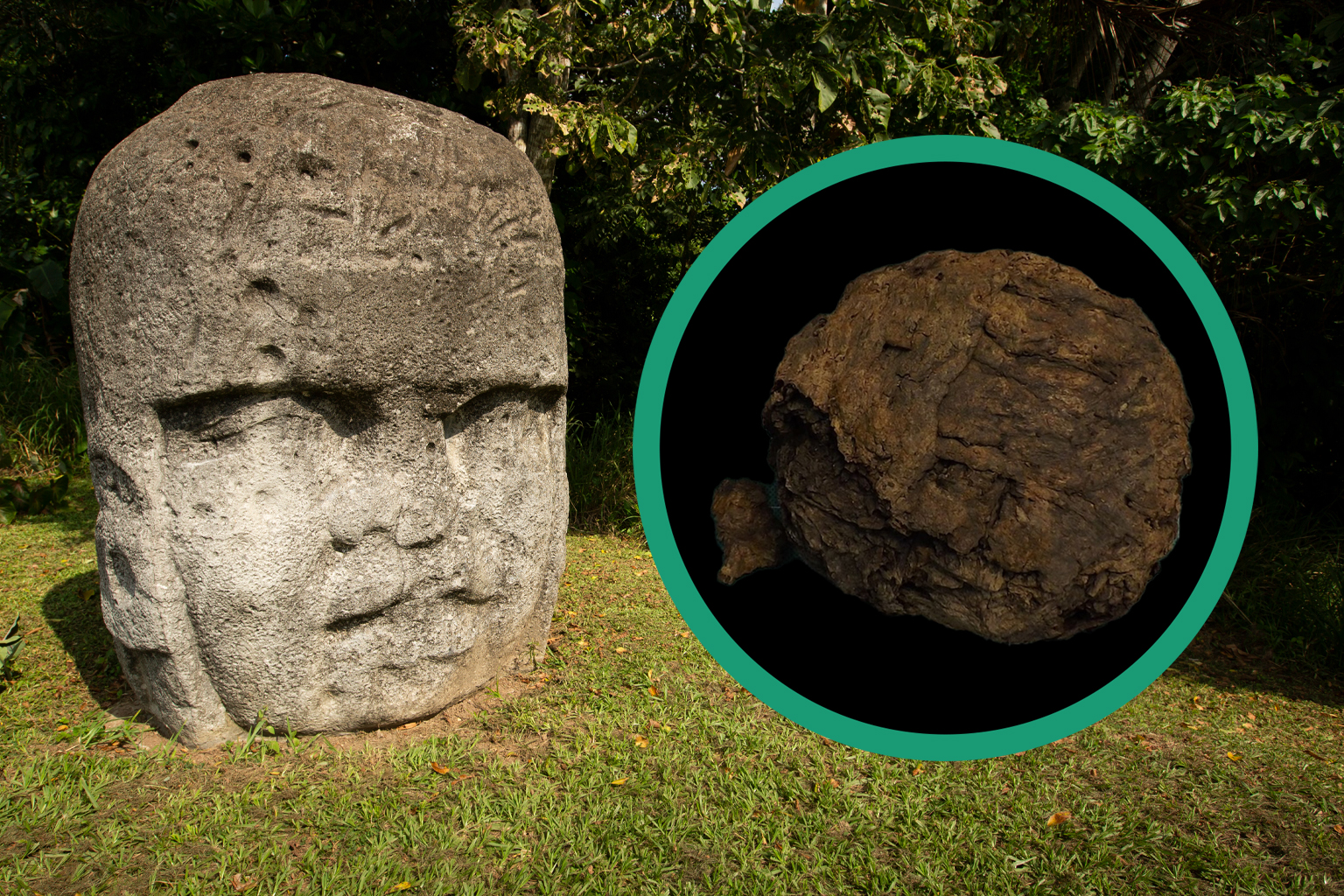Researchers from the National Institute of Anthropology and History (INAH) have developed a new anoxia technique to preserve ancient Olmec rubber balls found in southern Veracruz.
The Olmec are the earliest known Mesoamerican civilisation (also referred to as the “mother culture” of Mesoamerica). The name ‘Olmec’ comes from the Nahuatl word: Ōlmēcatl or Ōlmēcah, meaning ‘rubber people’.
The Olmec civilisation emerged in the present-day Mexican states of Veracruz and Tabasco during Mesoamerica’s formative period (1800 to 900 BC), with the subsequent periods being defined as the Middle Formative (900 to 400 BC), and the Late Formative (400 BC to AD 200).
The best-known facets of the Olmec civilisation are massive, helmeted stone heads, as well as rubber balls made from latex extracted from rubber trees for use in ceremonial ball games.
In a recent announcement by INAH, researchers have developed a new anoxia technique to preserve 14 rubber balls discovered during the late 1980’s at El Manatí, the site of a sacred Olmec sacrificial bog that dates from between 1600 BC to 1200 BC.
El Manatí is located at the foot of Cerro Manatí, some 15 km (9.3 mi) southeast of the major Olmec centre of San Lorenzo Tenochtitlán.
According to INAH: “Each rubber ball has a different circumference and weight, ranging from 4.9 centimetres in diameter to 33 centimetres, and from 180 grams to 4.8 kilograms. It has been determined that the balls are made of a polymer extracted from the Castilla elastica plant, a tropical species once common in Mesoamerica.”
The new anoxia technique creates an oxygen-free environment to preserve the rubber, which has been developed over three phases.
Between 2007 and 2013, preliminary tests included anoxia packaging, microbiological studies, microclimatic monitoring, and microscopic imaging. From 2014 to 2019, advanced techniques such as infrared spectroscopy, X-ray fluorescence, and accelerated aging tests deepened understanding of the material.
Since 2020, UNAM’s National Laboratory of Sciences for the Research and Conservation of Cultural Heritage has focused on refining conservation methods. In 2025, the project is entering the design phase for custom anoxic cases.
Currently, the rubber balls are safeguarded under controlled conditions at the INAH Veracruz Centre, alongside other offerings from the 1988 excavation, including wooden busts, stone axes, rubber skeins, and human remains.
Header Image Credit : INAH
Sources : National Institute of Anthropology and History





